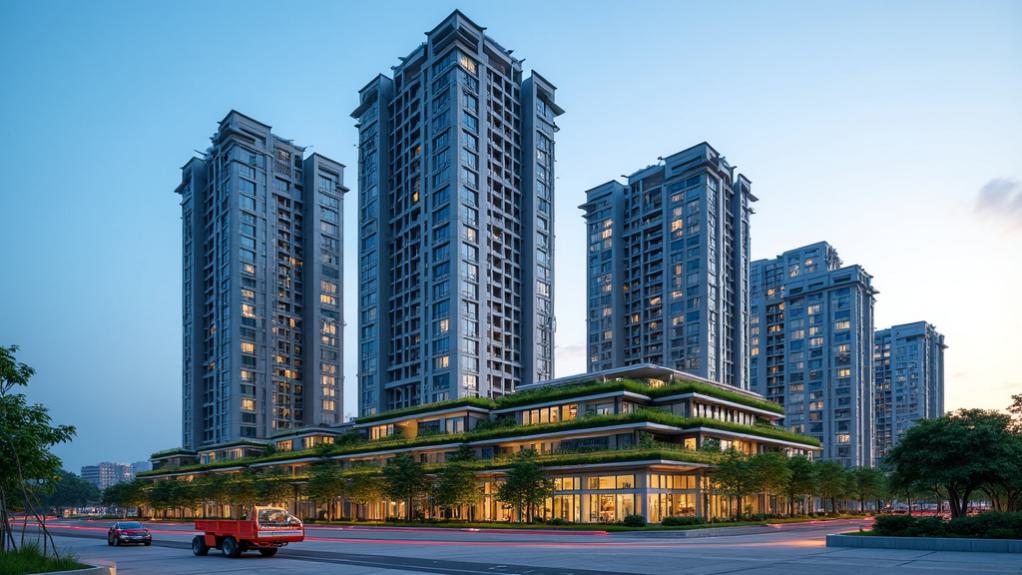In the wake of stabilizing post-pandemic housing demands, the Singapore government has initiated a thorough review of key Build-To-Order (BTO) policies, potentially expanding eligibility criteria through significant adjustments to income ceilings and age requirements for singles. The exhaustive evaluation aims to align housing accessibility with the nation’s evolving demographic landscape while maintaining market equilibrium through calibrated supply increases and demand management strategies.
The government’s consideration of raising income ceilings for BTO flat eligibility represents a calculated response to changing economic conditions, designed to widen the pool of qualified applicants. This adjustment appears timely as average household monthly income has increased 16.6% since 2019 when the last review occurred. Historically, previous adjustments to income parameters have been implemented without triggering destabilizing market fluctuations, largely due to concurrent supply management. Similarly, the proposed reduction in the minimum age requirement for singles purchasing BTO flats acknowledges shifting societal norms and responds to demographic trends that impact housing needs.
Supporting these potential eligibility expansions, authorities have announced plans to launch approximately 55,000 new BTO flats between 2025 and 2027, marking a 10% increase from the previous target of 50,000 units. This supply enhancement builds upon the successful completion of all pandemic-delayed housing projects and the surpassing of earlier commitments, with 102,300 units launched between 2021 and 2025 against a target of 100,000. The government also aims to increase the number of shorter-wait-time flats to 4,500 in 2025, significantly higher than the 2,800 launched in 2024. The strategic approach mirrors successful property development models like CapitaLand’s recently completed Science Park transformation, which achieved 95% occupancy through careful planning and accessibility considerations.
Minister Chee Hong Tat has indicated that policy announcements will be timed appropriately as market conditions evolve, with potential accelerated implementation post-2025. The deliberate calibration of these adjustments reflects concern about possible increased strain on popular flat types, particularly 2-room units which continue to experience oversubscription despite stabilizing application rates among first-time families.
The anticipated policy modifications require meticulous balance between expanding accessibility and avoiding market distortions, with decisions guided by medium-term demand projections and construction completion rates. By synchronizing eligibility criteria adjustments with supply enhancements, the government aims to preserve housing affordability while accommodating Singapore’s changing household structures and economic realities.





